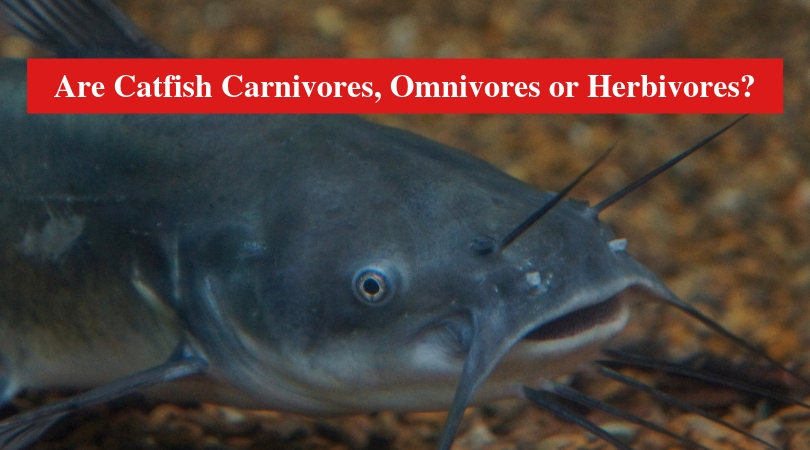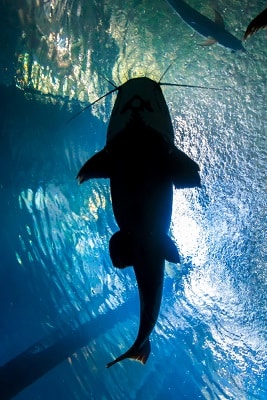
Catfish are one of the freshwater fish that have a diverse diet. They survive in the rivers and lakes easily because catfish can find its food almost everywhere in the aquatic world. This is one of the reasons catfish tend to be invasive because they can thrive in different types of situations because there will always be something they can eat.
Are Catfish Carnivores, Omnivores or Herbivores?
For clarity, this post will be focused on examining the different feeding habits of the catfish to know if they can be classified as carnivores, omnivores or herbivores.
To give a quick definition of these terms, carnivorous animals feed on other animals; they eat the flesh and other parts of animals to get protein and essential nutrients to grow. The animals classified as herbivores, basically eat plants to survive, while the omnivores are animals that eat both plants and animals.
Are Catfish Carnivores?
Considering the size of catfish species, it can be suspected that no freshwater fish can grow to become very big without a rich source of protein. Feeding on plants cannot provide the amount of protein needed to grow very big. Yes, catfish are carnivorous; however, this depends on their habitat. For example, if you breed catfish in your pond, they will eat what you feed them. However, the smaller catfish in the pond may be at risk of being eaten by the bigger catfish.
Confirming that catfish are carnivores, they have been found to eat smaller fish such as shads, minnows, and tilapias. Catfish also feed on insects, worms, and frogs.
Herbivorous Tendencies of Catfish
While catfish can feed on smaller fish species in its environment, they are also known to eat aquatic plants to survive. This happens when there is a shortage of food in the river, during the winter season. Catfish will eat these plants, and they can still thrive. Catfish species that live in murky waters also tend to eat more aquatic plants because the murky conditions prevent other fish species from living in those parts of the river.
Catfish As Omnivores
As a conclusion to the classification of catfish based on what they eat, we can affirm that it is proper to say catfish are omnivores because they eat both plants and other aquatic animals. One catfish species known to be predominantly omnivores are the bluegill catfish. The bluegills feed on plants and animals, benefiting from a diverse diet that makes them grow bigger and have more commercial value.
It should be noted that the feeding preferences of catfish changes as it grows bigger, into the adult stage. Some adult catfish species will not hesitate to feed on other fish while ignoring aquatic plants; this happens when they are in an environment where other smaller fish species live.
The smaller catfish tend to be content with bottom feeding; they eat microorganisms and phytoplankton in the mud and on plants, as well as algae. At some stage, catfish will feed on the larvae of insects which can be found in the river.
The diverse diet of catfish has been an advantage for anglers who can try different types of lures to catch more catfish, so it is a good thing.
Related:
